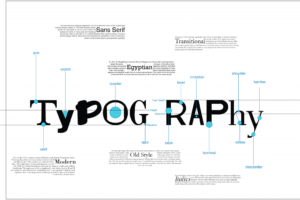
What Is Graphic Design?
Graphic design is the craft of communicating ideas visually. It blends typography, imagery, color, and layout to deliver messages that are not only clear—but compelling. Whether you're scrolling a website, passing a billboard, or picking up a product off the shelf, you're interacting with graphic design. It's the silent storyteller behind every brand, ad, and interface you encounter.
At its core, graphic design makes information easier to understand and more enjoyable to engage with. And it’s everywhere.
Key Elements of Graphic Design
- Color: Sets the tone, evokes emotion, and carries symbolic meaning. It’s often the first thing people notice.
- Line: Defines shapes, creates structure, and guides the viewer’s eye through a design.
- Shape: Geometric or organic, shapes add rhythm, balance, and visual interest.
- Texture: Adds depth and tactile realism, whether through actual patterns or visual illusions.
- Typography: The artful arrangement of fonts to enhance readability and shape the personality of your message.
Types of Graphic Design
Graphic design spans a wide range of disciplines, each with its own purpose and audience:
| Type | Description |
|---|---|
| Brand Identity | Logos, color palettes, and visual systems that define a brand’s personality. |
| Environmental / Experiential | Signage, wayfinding, and immersive spaces that guide and engage people physically. |
| Illustration | Custom artwork that adds character, storytelling, or conceptual depth. |
| Marketing & Advertising | Campaign visuals, social media graphics, and promotional materials that drive engagement. |
| Motion Graphics | Animated visuals used in video, apps, and digital platforms to bring stories to life. |
| Packaging | Design that protects, promotes, and enhances the product experience. |
| Print & Publication | Layouts for magazines, brochures, books, and other printed media. |
| Web & UI | Interfaces and digital experiences that are intuitive, responsive, and visually cohesive. |


